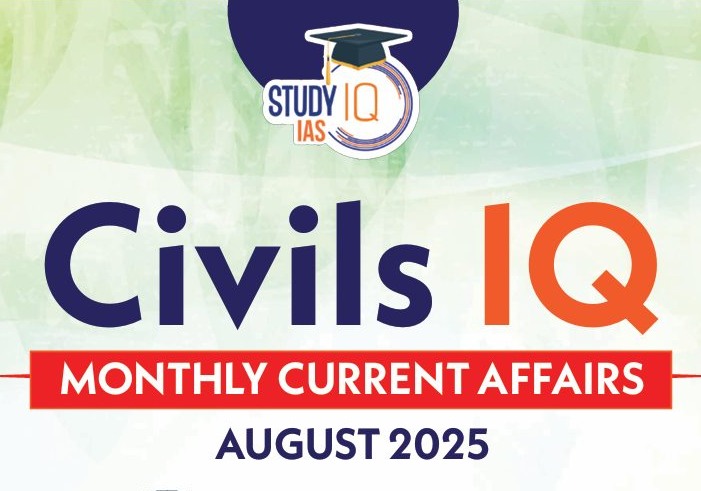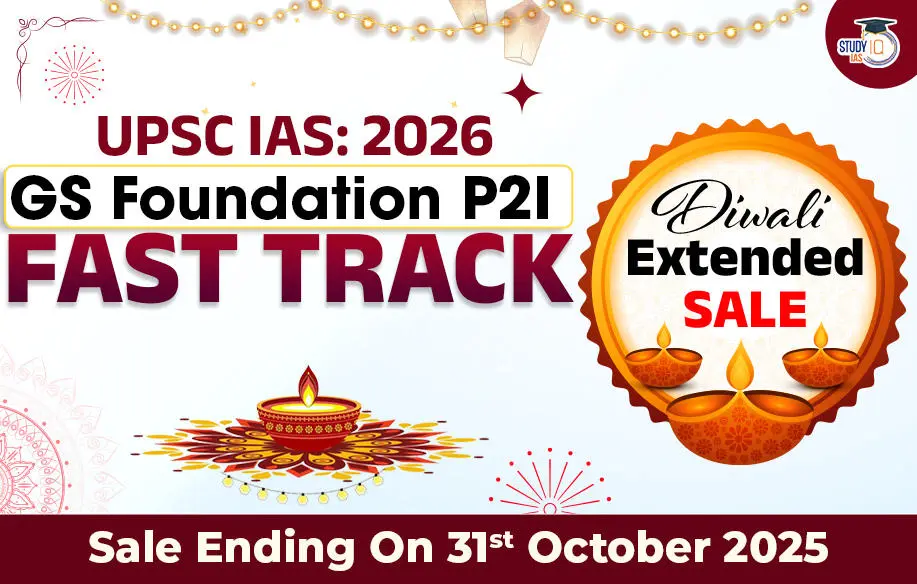Table of Contents
The World Press Freedom Index 2025, published by global watchdog Reporters Without Borders (RSF), presents a dismal picture of Indian and global press freedom. India’s ranking has marginally improved to 151 among 180 nations, but it still finds itself in the “severe” category, posing important questions regarding media autonomy and democratic accountability.
This index is a significant subject for UPSC Prelims, GS Paper II (Governance, Constitution, Polity), and the Essay Paper on topics such as freedom of expression, the role of media, and democratic decline.
World Press Freedom Index 2025
The World Press Freedom Index (2025), prepared every year by Reporters Without Borders (RSF), rates nations according to the freedom of the press within their territories. It evaluates how media can act independently and freely, focusing on political, economic, social, and security considerations. The index is crucial in measuring the state of democracy and how much the media can criticize power without fear of persecution.
In the 2025 version, India stands at 151 among 180 nations, marginally better than its 159th position in 2024 and 161st in 2023. Still, India’s ranking is disturbing, being classified as “very serious,” indicating a downward trend in media freedom and independence of the press.
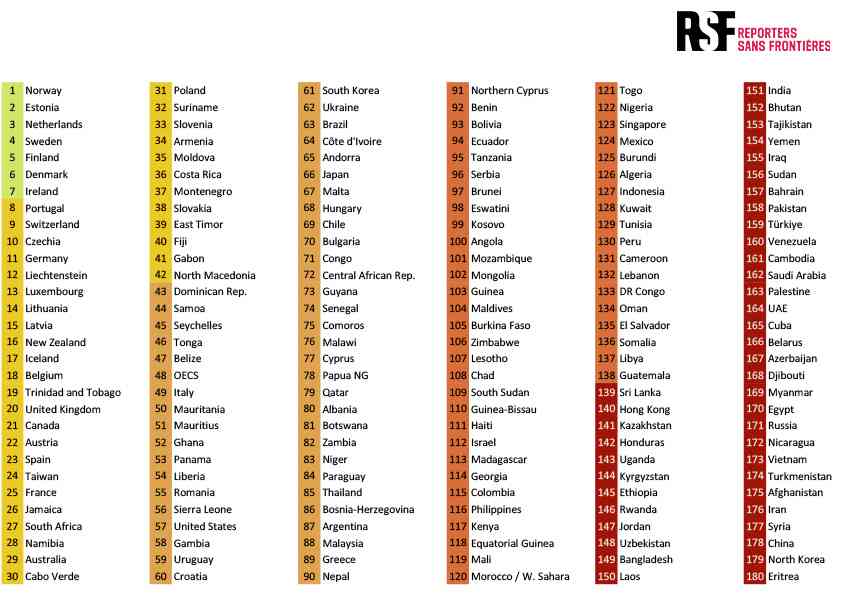
India’s Ranking in World Press Freedom Index 2025
India’s ranking in the World Press Freedom Index has improved marginally in recent years, though the country still remains in the “very serious” category. The improvements in 2024 and 2025 are minor, but India still lags behind many of its neighbours in South Asia. Below is a summary of India’s rank over the past few years:
| Year | India’s Rank |
|---|---|
| 2023 | 161 |
| 2024 | 159 |
| 2025 | 151 |
Despite the upward shift, India ranks lower than all its immediate neighbours, except for Pakistan, Myanmar, Afghanistan, and China, reflecting ongoing issues related to press freedom.
India vs Neighbours – 2025 Rankings
India’s press freedom ranking in 2025 is notably lower than its immediate neighbours, with some countries in the region exhibiting better press freedom conditions. Here’s a quick comparison of India’s ranking against its neighbours:
| Country | Rank (2025) |
|---|---|
| Nepal | 90 |
| Maldives | 104 |
| Sri Lanka | 139 |
| Bangladesh | 149 |
| India | 151 |
| Bhutan | 152 |
| Pakistan | 158 |
| Myanmar | 169 |
| Afghanistan | 175 |
| China | 178 |
While India has an improved rank, the gap with neighbouring countries like Nepal (90th) and Maldives (104th) signals the challenges India faces regarding media freedom and the growing dominance of corporate and political influences over the media landscape.
Global Highlights – World Press Freedom Index 2025
The 2025 World Press Freedom Index also reflects global trends and highlights the growing challenges faced by journalists worldwide. For the first time, press freedom has been classified as being in a “difficult situation” globally. Several countries are facing severe restrictions on media freedom, and economic pressures are emerging as a major threat to independent journalism.
Top 3 Countries in Press Freedom (2025):
-
Norway
-
Estonia
-
Netherlands
These countries consistently rank at the top, showcasing their commitment to independent journalism and media pluralism.
Key Global Concern:
-
Economic Pressures: The growing financial instability of media houses, driven by advertising monopolies and corporate ownership, threatens the independence of journalism. This often leads to sensationalism, biased reporting, and the suppression of investigative journalism.
Why India Remains in the ‘Very Serious’ Category
India’s media landscape continues to face substantial challenges that hinder its progress towards greater media freedom. Here are some key reasons why India remains in the “very serious” category in the World Press Freedom Index:
1. Concentration of Media Ownership
The media in India is increasingly controlled by a few corporate entities and political magnates, reducing the diversity of voices and viewpoints. Mukesh Ambani, who owns over 70 media outlets, has a significant influence on the news consumed by over 800 million Indians. The Adani Group’s acquisition of NDTV in 2022 marked a dramatic shift, reducing the diversity of media ownership and raising concerns over the future of pluralistic media in India.
2. Rise of ‘Godi Media’
The term “Godi media” refers to media outlets that are seen as aligned with the ruling political party and often propagate government-friendly narratives. These outlets focus on sensationalism, ignore investigative journalism, and have been accused of spreading pro-government propaganda. This shift is seen as a threat to impartial reporting, essential for democratic functioning.
3. Harassment of Journalists
India’s journalists, particularly those critical of the government, face a multitude of challenges:
-
Online trolling and threats from pro-government groups.
-
Legal harassment and the use of sedition laws against journalists.
-
Censorship and arbitrary arrests under the pretext of national security.
Journalists who critique the government often face severe repercussions, creating an atmosphere of fear and self-censorship.
4. Lack of Government Transparency
The government’s lack of transparency has also contributed to the decline in press freedom. Prime Minister Narendra Modi has not held a press conference since taking office in 2014, which has resulted in limited accountability. Media interviews are often granted only to “friendly” outlets, which further concentrates control over information dissemination.
About the World Press Freedom Index
The World Press Freedom Index is published annually by Reporters Sans Frontières (RSF), a non-governmental organisation that has been monitoring and reporting on press freedom since 1985. The index assesses the state of the media across the world using a set of criteria that evaluates political, economic, legislative, social, and security factors impacting media freedom.
Methodology: 5 Evaluation Indicators
-
Political Context: The level of political freedom and government pressure on the media.
-
Economic Context: The concentration of media ownership and the financial stability of media houses.
-
Legislative Framework: The protection of journalists under the law and the enforcement of media regulations.
-
Social Environment: The degree of public access to information and the general social atmosphere toward the press.
-
Security Situation: The safety of journalists, including the threat of violence and intimidation.
Quote:
“There is no free press without economic independence.”
– Anne Bocandé, Editorial Director, Reporters Sans Frontières
World Press Freedom Day – May 3
World Press Freedom Day is observed annually on May 3 to celebrate the fundamental principles of press freedom, evaluate the state of the media worldwide, defend journalists who are facing persecution, and promote ethical journalism.
Background:
-
Proclaimed by: United Nations General Assembly in 1993
-
Based on: The Windhoek Declaration (1991) by African journalists, which advocates for independent journalism and a pluralistic media environment.
Conclusion
The World Press Freedom Index 2025 paints a concerning picture of press freedom both globally and in India. Although India has made slight progress in its ranking, the concentration of media ownership, the rise of Godi media, and the harassment of journalists are clear indicators of a press freedom crisis. These challenges pose significant threats to India’s democratic fabric and the public’s right to information.
For UPSC aspirants, understanding the nuances of press freedom, its implications on governance, and its relationship with fundamental rights is crucial, particularly for topics related to the Indian Constitution, governance issues, and the role of media in democracy.

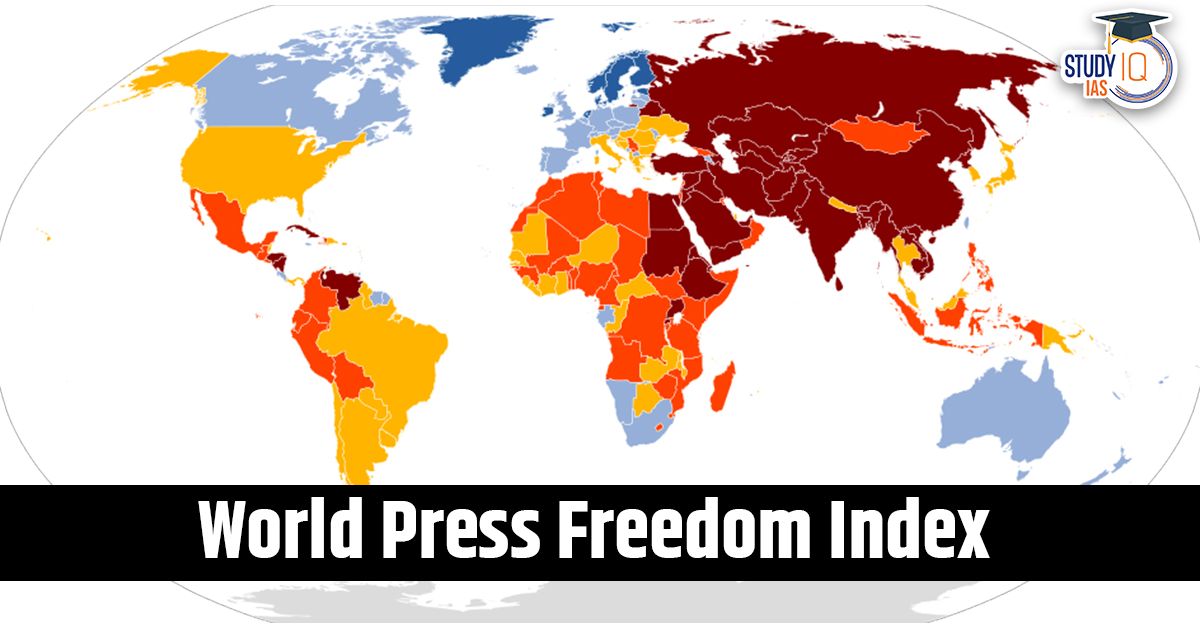
 Electronics Components Manufacturing Sch...
Electronics Components Manufacturing Sch...
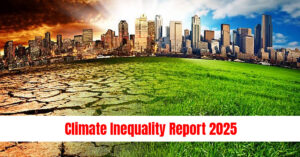 Climate Inequality Report 2025: How Weal...
Climate Inequality Report 2025: How Weal...
 Rethinking Urban Planning in India | Tra...
Rethinking Urban Planning in India | Tra...
